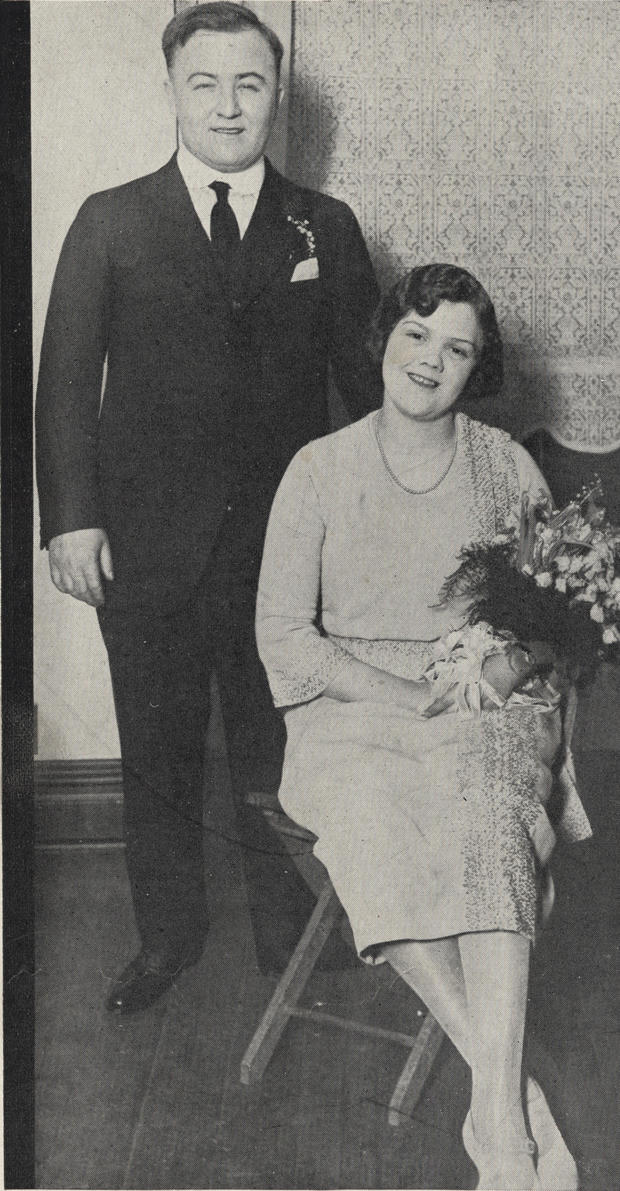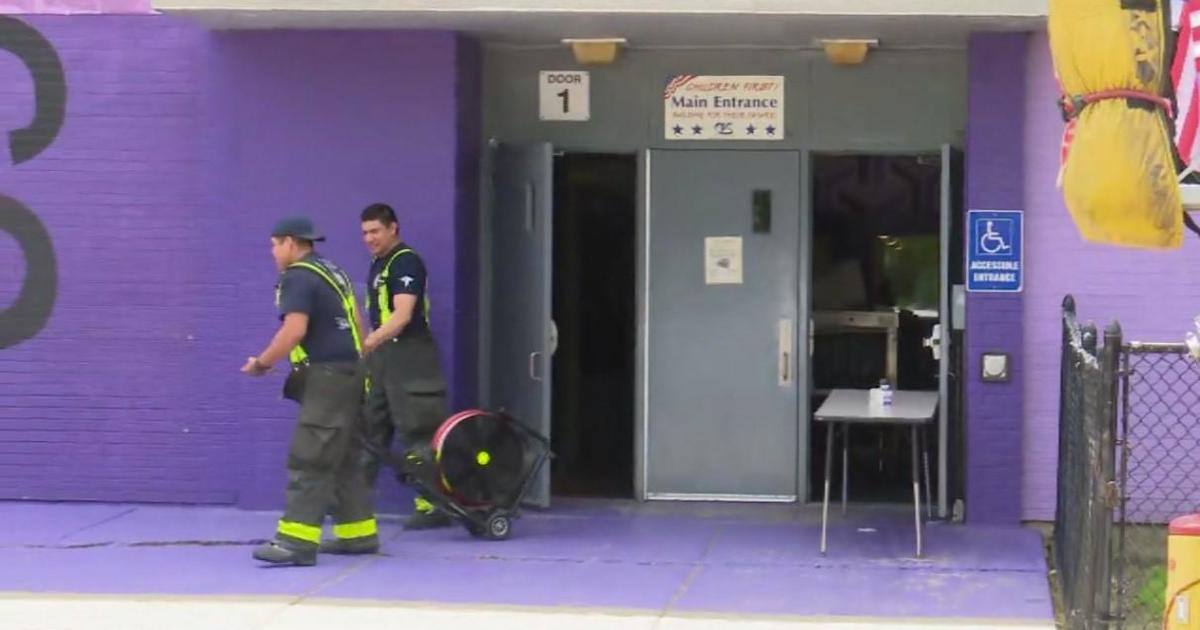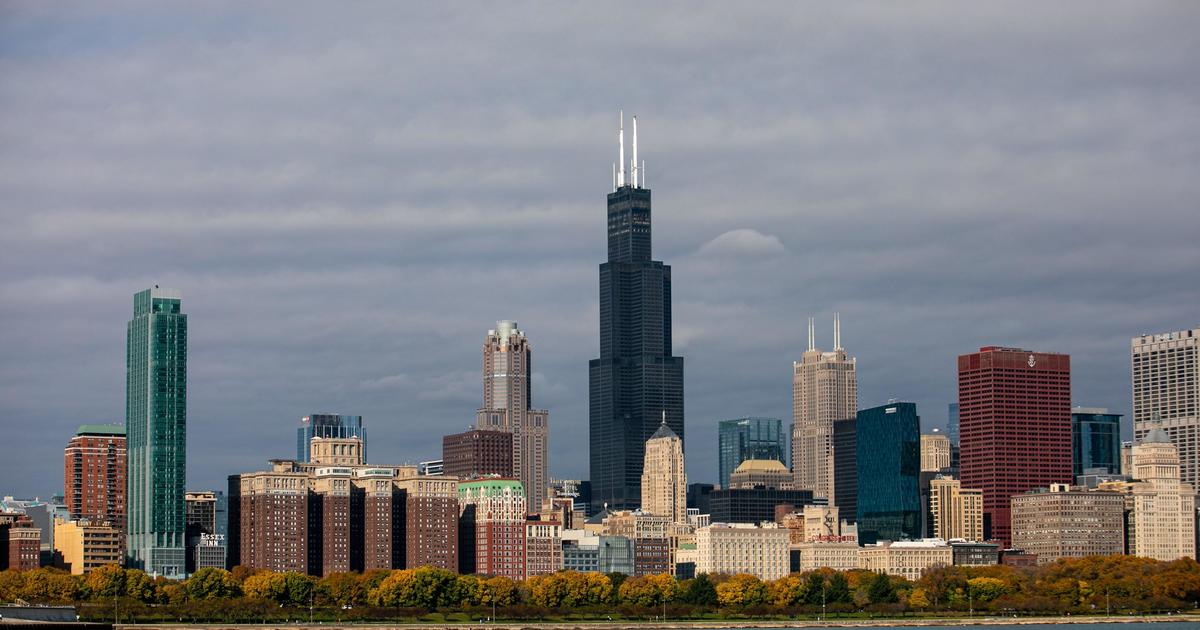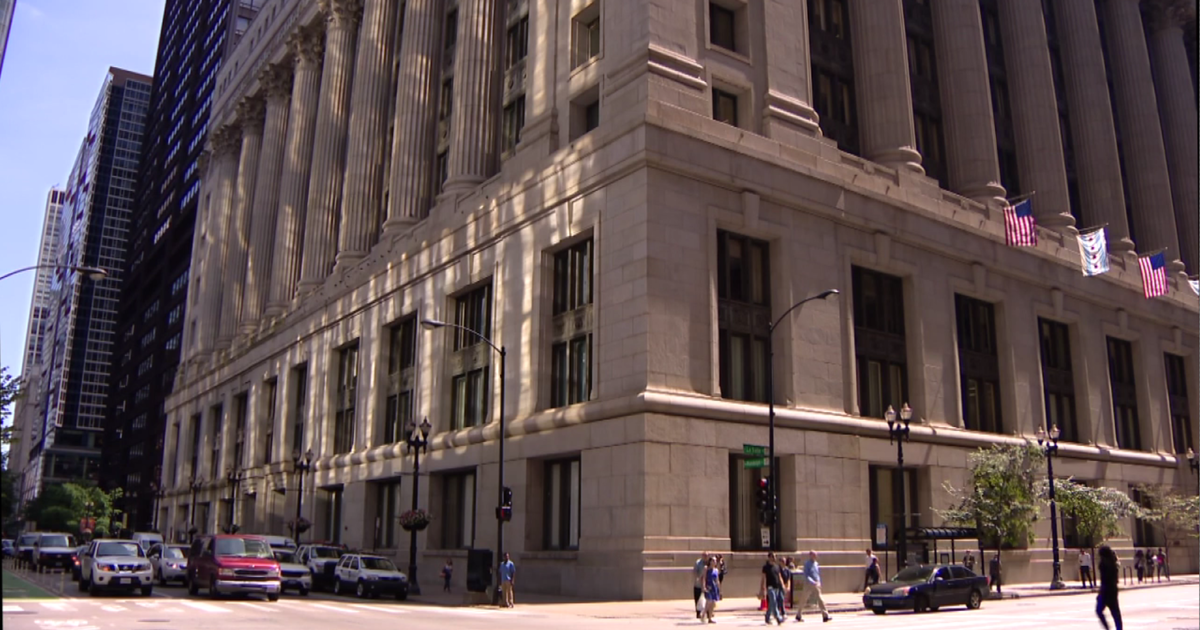Chicago Hauntings: Gangland vengeance and ghosts near Holy Name Cathedral
CHICAGO (CBS) -- It was 1852 when the cornerstone was set for a massive brick place of worship called the Church of the Holy Name was constructed on State Street between Superior and Huron streets – only nine years after the Vatican created the Diocese of Illinois and 15 years after Chicago was incorporated as a city.
The original Church of the Holy Name was destroyed in the Great Chicago Fire of 1871. But in the three years afterward, Chicago Archbishop Thomas Foley and Holy Name Pastor and Rector the Rev. John McMullen traveled around the country to raise money to reconstruct the church, according to the Holy Name website.
Brooklyn architect Patrick Charles Keely designed the new Holy Name Cathedral, and its cornerstone was laid on July 19, 1874. The cathedral was dedicated the following year, and has been the seat of what soon became the Roman Catholic Archdiocese of Chicago ever since.
But a gangland murder right outside the cathedral nearly a century ago left the cornerstone damaged by gunfire – and also purportedly has ghosts still hanging around to this day.
Across the street from Holy Name Cathedral today, you'll find the new One Chicago mixed-use development with a Whole Foods Market at the intersection with Chicago Avenue. Before that, it was a parking lot owned by the Archdiocese for many years. But in 1926, a building on the same site at 738 N. State St. – an address no longer used for anything – housed Schofield's Flower Shop, where a lot more went on than floral arranging.
The flower shop was first founded by William F. "Big Bill" Schofield in 1896. An archive Chicago Tribune article notes that in 1922, Dean O'Banion, also known as Dion O'Banion, bought an interest in the flower shop – where he sold flowers for Near North Side residents' dinner tables and would accept a check if they were short on cash.
But O'Banion had another more sordid life. Prohibition was the law of the land, and beer and alcohol wars had erupted between gangs. O'Banion ran the North Side bootlegging gang, while Chicago Outfit leader Johnny Torrio ran the South Side equivalent. And their rivalry was a lot more intense and dangerous than anything to do with the Cubs and White Sox.
The Mob Museum tells us that O'Banion and Torrio struck a deal around 1921 in which O'Banion would control his bootlegging racket for the North Side and in particular the wealthy Gold Coast. But he would even get a cut of the Outfit-controlled Cicero.
But the deal fell apart. Sources differ on what the final straw was, but ultimately, a hit was ordered on O'Banion, and he was shot dead right in Schofield's Flower Shop in 1924.
The North Side gang vowed revenge, and a five-year war between began between that gang and the Outfit. Torrio was also shot and seriously wounded at one point – and while he would survive his wounds and live to the age of 75, he decided to give up control of the Outfit to Al Capone.
Meanwhile, Hymie Weiss took over the North Side gang after O'Banion's was gunned down. Weiss kept his base of operations right upstairs from the retail area of Schofield's Flower Shop as a pattern of back-and-forth violence between the two gangs pressed on.
At 4 p.m. Oct. 11, 1926, Weiss and four associates were coming back from the Cook County Courthouse. They got out of a car they had parked on the Superior Street side of Holy Name Cathedral, as recounted in a 1929 Chicago Tribune article by James O'Donnell Bennett.
The men were trying to cross the street to the flower shop headquarters some men in another building opened fire from a window.
Weiss fell to the ground after being shot 10 times and died, the article noted. Tony Szabelski of Chicago Hauntings Ghost Tours notes that Weiss met his demise right in the middle of State Street.
Szabelski says he believes Weiss' ghost is still there along State Street where he fell and died.
"Anytime we come here on tours, we bring out ghost-hunting equipment, we would get a lot of 'yes' and 'no' answers. 'Is Hymie Weiss here? Did he die here?' Things like that," Szabelski said.
It is also believed that Weiss haunts inside Holy Name Cathedral, Szabelski said.
Meanwhile, when that machine gunfire rang out, the other men who were with Weiss all scattered. As noted in Bennett's 1929 Tribune article, fellow gangster Patrick Murray also died in the shooting – he fell directly in front of Holy Name. But the other three men – attorney W.W. O'Brien, his investigator Benjamin Jacobs, and Weiss' chauffeur and handyman Sam Peller – all survived.
But the bullets hit something else too. As Bennett put it:
"Two and a half years after the murder, the most vivid memorial of it is the scarred corner of the cathedral of a cardinal archbishop. On it, the curious pause to puzzle out these shattered words: 'Every knee should heaven and on earth.' The English translation of the Vulgate's version of the words which St. Paul wrote to the Philippians is, 'At the name of Jesus, every knee should bow in heaven and on earth.' Literally, you see, gangdom shot piety to pieces in Chicago."
In other words, the gunfire actually blasted out a bunch of words from a Biblical passage on the cornerstone – leaving an unreadable partial sentence.
Don't go looking for that inscription now – stairs have since been built in front of it. But the part of the cornerstone that marks the year of 1874 is still visible, and there are still spots left from that gunfire 96 years ago.
Chicago Magazine notes there is a drilled hole on the cornerstone that may look like a bullet hole, but it's not – it was placed there to hold a placard showing the church service schedule. But there are some other filled and faded spots that were indeed created by .45-caliber bullets, the magazine reported.
Cited in Time Out Chicago, ghost hunter Ursula Bielski said a tour participant at one point captured some photos of "unexplained orbs of light" around the cornerstone.
That's it for ghost stories specifically about Holy Name Cathedral. But Szabelski notes that many famous Chicagoans were also waked there – including legendary sports broadcaster Harry Caray, who died in 1998. Szabelski did not say anything about Caray's ghost specifically appearing at Holy Name, but did say his ghost has been seen a couple of places around Chicago. We'd like to know more.






